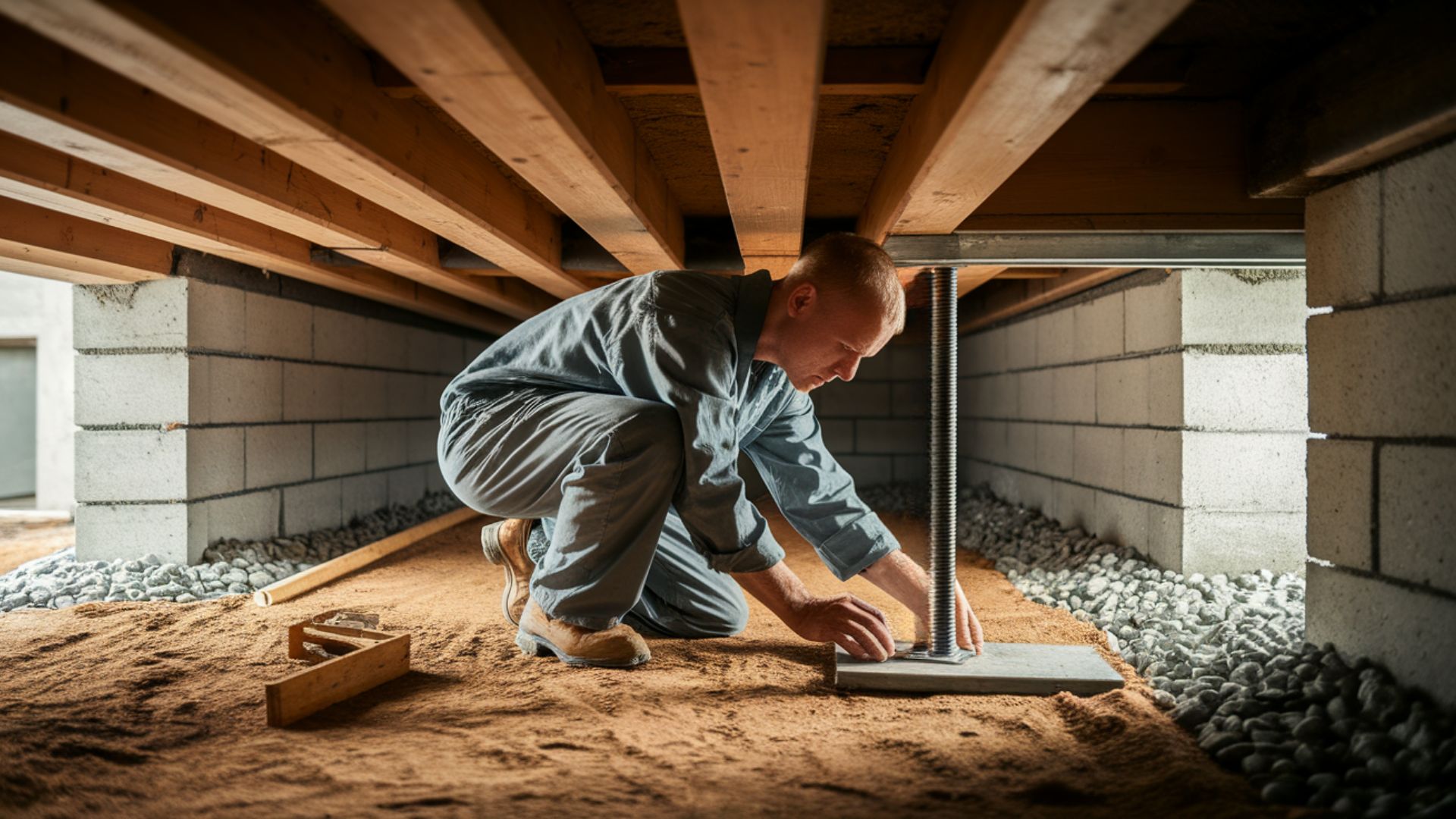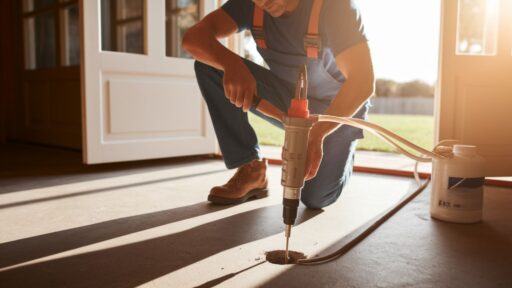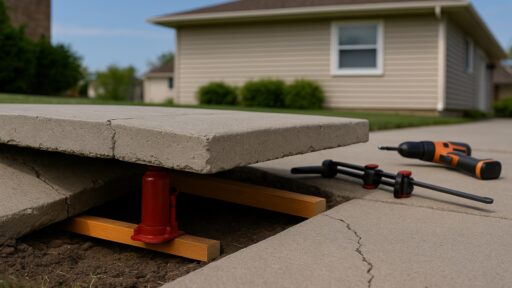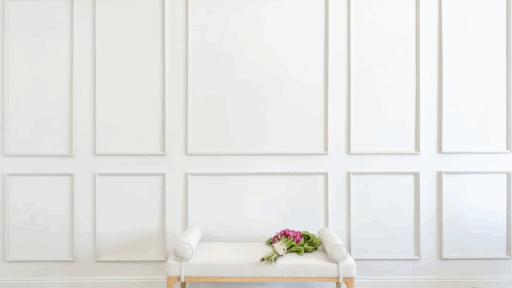Have you noticed that your floors bounce or sag when you walk across them at home?
It might be exactly what you need to fix these frustrating problems!
Crawl space foundation issues include sagging floors, rotting support beams, moisture damage, and settling foundations, all of which affect your home’s stability.
These problems don’t stay hidden in your crawl space – they impact your entire home’s structure and safety.
When foundation supports fail, you’ll notice stuck doors, wall cracks, and musty odors spreading throughout your living spaces.
Understanding how to identify, repair, and prevent these issues protects both your family’s safety and the value of your home.
Get ready to learn everything you need to know about keeping your foundation strong and stable.
What is Crawl Space Foundation Repair?
Crawl space foundation repair addresses structural issues in the small area underneath your house, located between the ground and floor.
Think of your crawl space as your home’s hidden support system that keeps everything stable above.
This process involves strengthening support beams, fixing foundation walls, and solving moisture issues that affect your home’s stability.
Common crawl space issues include sagging bases, rotting beams, settling foundations, and moisture damage.
Unlike basement problems that affect living spaces you use daily, crawl space issues often go unnoticed until serious damage occurs.
You need repairs when you notice bouncy floors, stuck entrances, wall cracks, or musty odors throughout your house.
Have your floors shaken when someone walks by, or have you noticed gaps around your doors?
Signs You Need Crawl Space Foundation Repair
Your home often gives clear warning signs when crawl space problems start developing underneath.
These symptoms usually begin small but worsen over time if left unattended.
Catching these issues early saves you money and prevents major structural damage in the future.
- Sagging or bouncy floors make you feel like you’re walking on a trampoline when moving around upstairs.
- Cracks in walls or ceilings appear as thin lines that grow longer and wider over time throughout your house.
- Doors and windows start sticking when you try to open or close them, requiring extra force to operate.
- Musty odors spread throughout your home from moisture and mold growing in the crawl space below your floors.
- Visible foundation damage shows up as cracks, crumbling concrete, or sinking areas around your home’s exterior foundation walls.
Please don’t wait until these problems worsen, because foundation issues never resolve themselves over time.
The sooner you address crawl space problems, the less expensive and complicated the repairs will be.
Types of Crawl Space Foundation Repairs
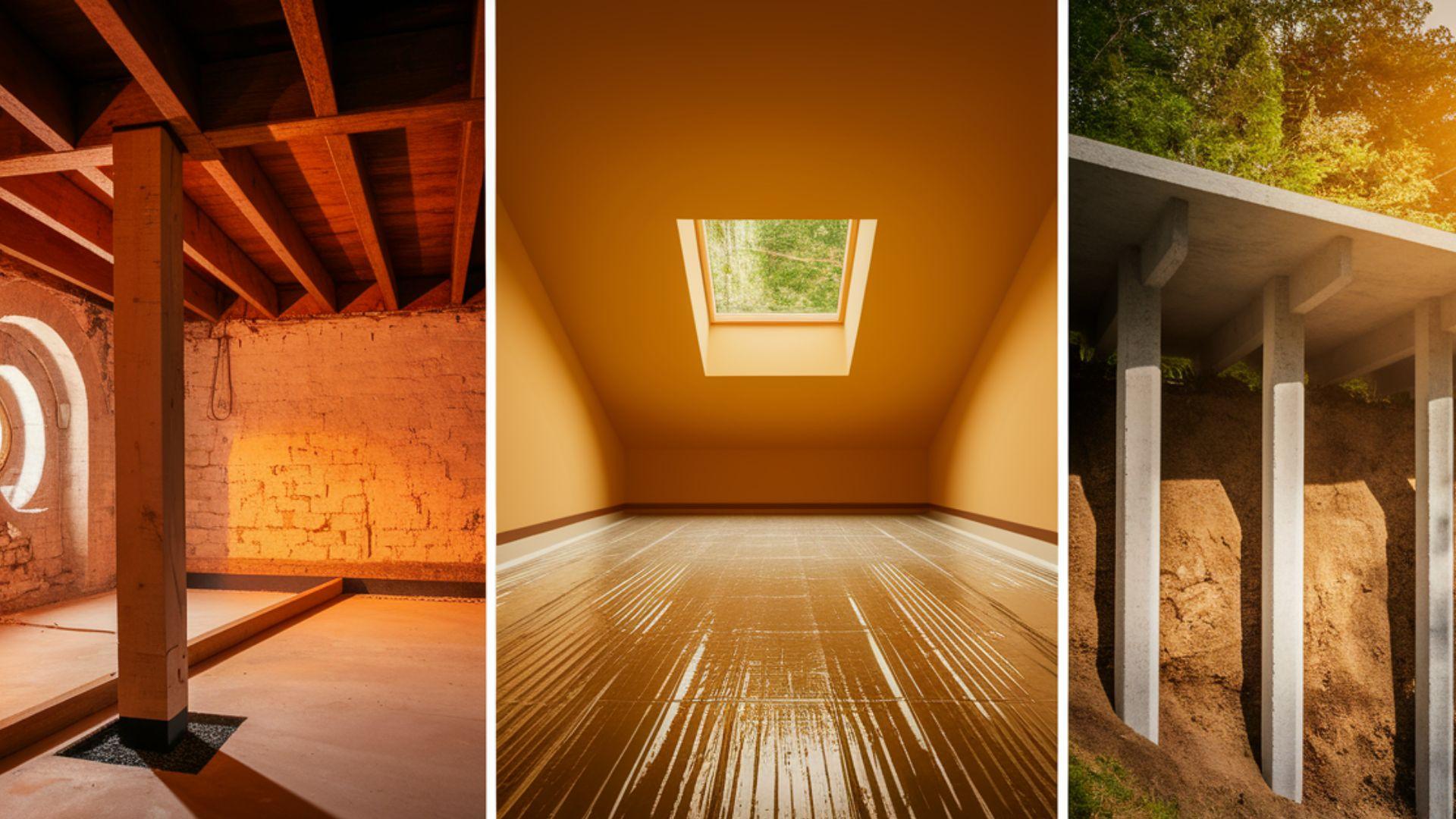
Crawl space foundation repairs fall into three main categories, addressing different types of problems.
Understanding these repair types helps you know what to expect when contractors give you estimates.
Each category targets specific issues that affect your home’s stability and safety.
| CATEGORY | REPAIR TYPE | FIX |
|---|---|---|
| Structural | Beam replacement, Joist reinforcement, Pier installation | Replace damaged beams, Strengthen floor joists, Add support piers |
| Moisture | Vapor barriers, Drainage systems, Ventilation | Block ground moisture, Remove excess water, Improve air flow |
| Stabilization | Underpinning, Slab jacking, Wall reinforcement | Deepen foundation support, Lift sunken concrete, Strengthen foundation walls. |
Most crawl space problems require repairs from multiple categories to fix the issue completely.
Your contractor will recommend the best combination based on your specific foundation problems.
Getting the right repairs now prevents bigger, more expensive problems from developing late.
Seasonal Considerations for Crawl Space Repair
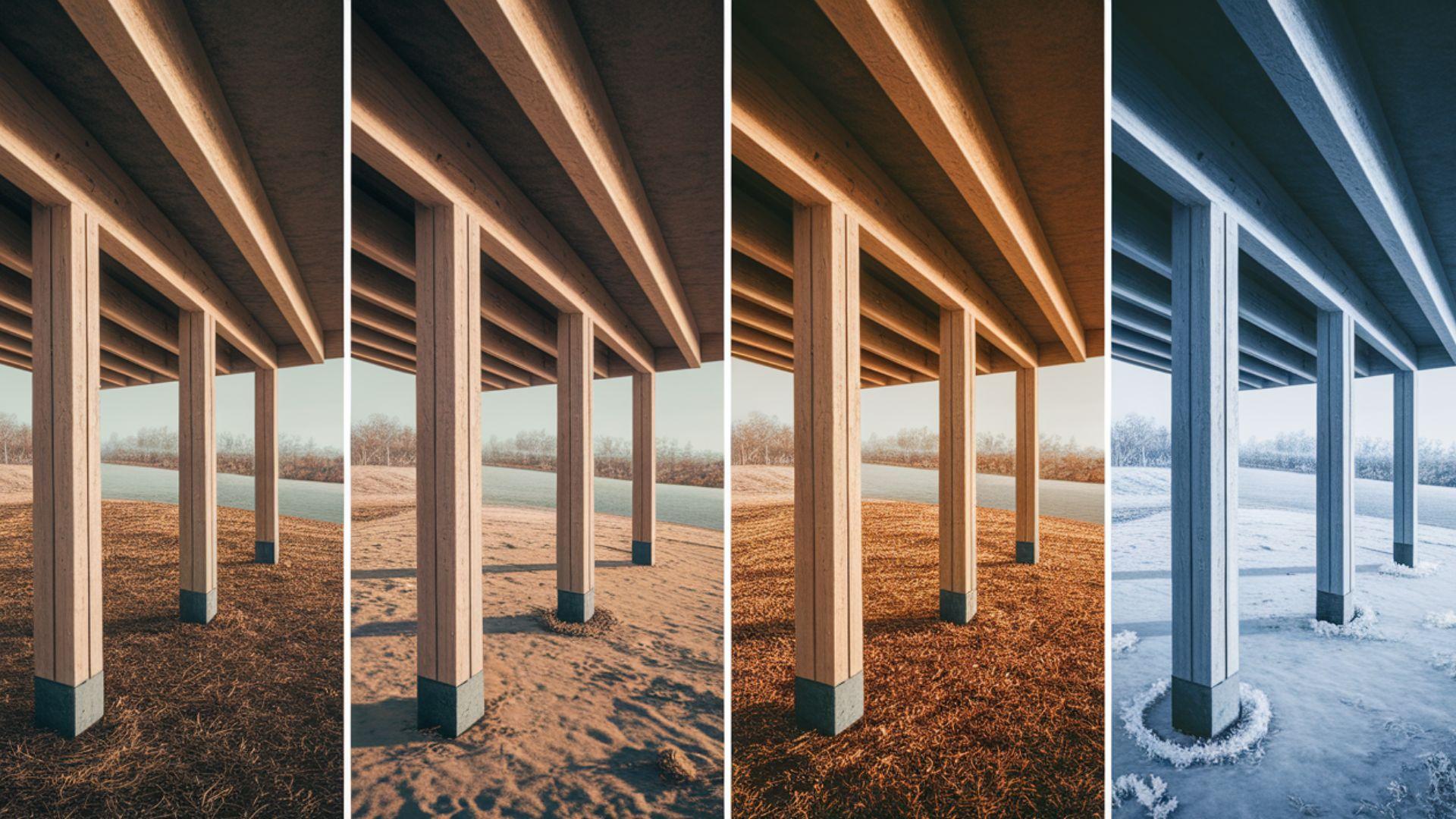
The best time for crawl space repairs is during dry spring or fall months when weather conditions are most favorable.
- Summer: Heat makes working in confined crawl spaces uncomfortable and dangerous for both homeowners and contractors.
- Winter: Repairs can be challenging due to frozen ground, cold temperatures, and limited access to crawl spaces.
- Spring: Preparation should include checking for winter damage, clearing debris, and scheduling any necessary repairs before the summer heat arrives.
- Fall: Maintenance involves winterizing crawl spaces, sealing gaps, and ensuring proper drainage before freezing temperatures begin to affect your foundation.
Weather-related challenges include heavy rains that flood crawl spaces, making structural work impossible to complete safely.
Materials You’ll Need
Installing adjustable galvanized steel crawl space jacks doesn’t have to break the bank.
Below is a simple cost breakdown of the materials typically used in a basic crawl space support project.
| Material | Estimated Cost (USD) |
|---|---|
| Adjustable galvanized steel crawl space jacks | $60–$120 each |
| 57 stone (crushed gravel for jack base) | $40–$80 per ton |
| Steel or treated wood beams (if needed) | $60–$150 (steel, 6 ft) $30–$60 (treated wood, 6 ft) |
| Concrete tools for hole excavation | $20–$50 (rental/day) |
| Joist hangers or fasteners | $3–$8 each |
| Safety gear (gloves, mask, crawl suit) | $25–$50 total |
| Measuring tools and a leveler | $15–$40 |
NOTE: Material costs only, excluding labor. Basic crawl space repair using 2-4 jacks: $300-$700 total materials. Prices may vary by location and time.
Crawl Space Foundation Repair: Step-By-Step Guide
Crawl space foundation repair follows a clear process that begins with identifying problems and culminates in permanent solutions.
The repair involves examining structural issues, preparing the ground properly, and installing adjustable support systems where needed.
Professional contractors employ proven methods to restore your foundation’s strength and stability, ensuring long-term durability and stability.
Step 1: Spot the Sagging Floor Signs
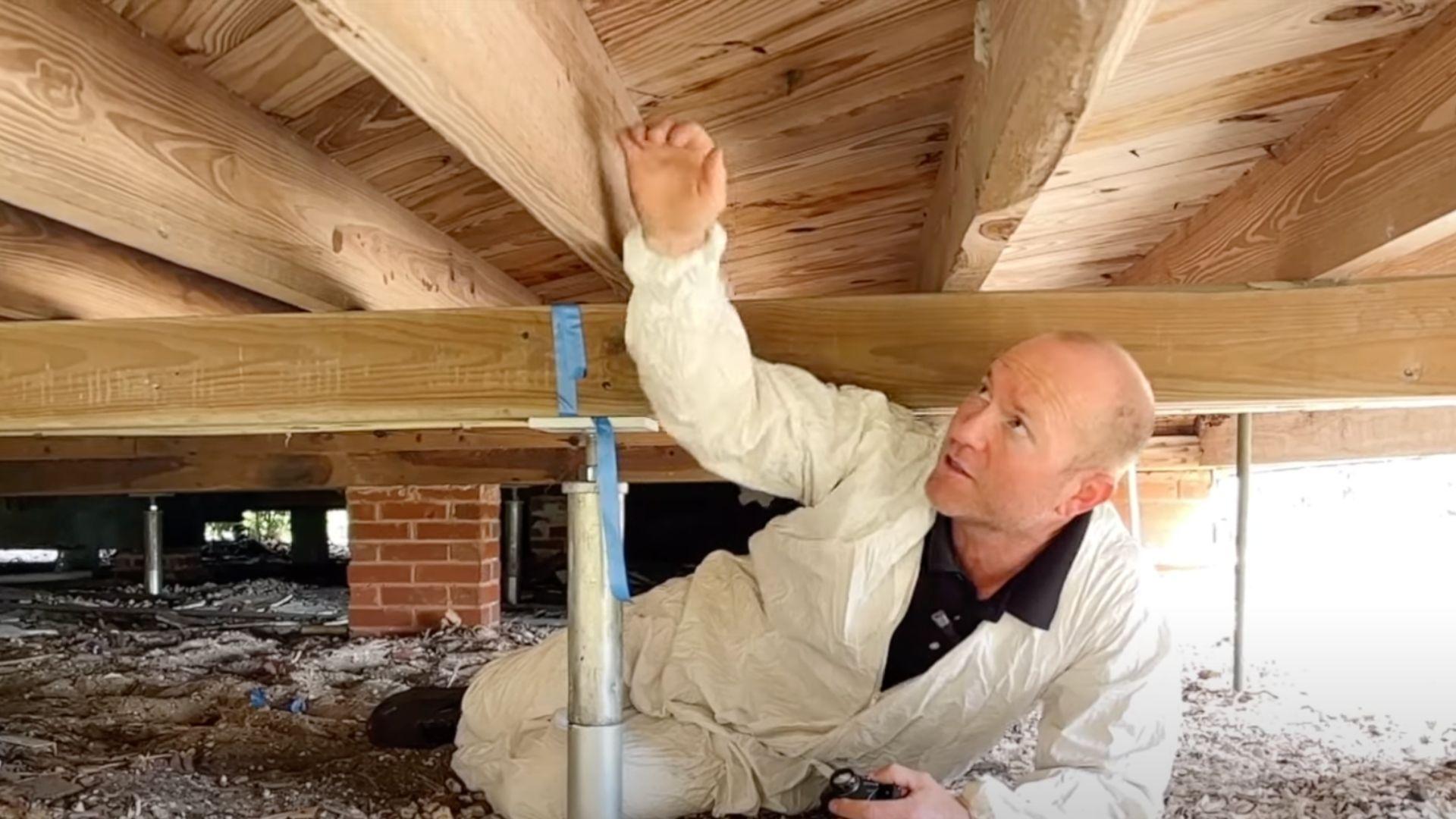
A homeowner noticed that the floors in their old crawl space home were starting to sag.
That’s a clear warning sign.
When floors dip or feel soft, there is likely a support issue under the house that needs to be addressed immediately.
Expert Advice
- Wilting floors often mean weak or failing supports under your crawl space.
- Older homes are more likely to develop dips in their crawl space floors.
- Always get a professional to inspect what’s happening underneath your home.
STEP 2: Examine the Crawl Space Structure
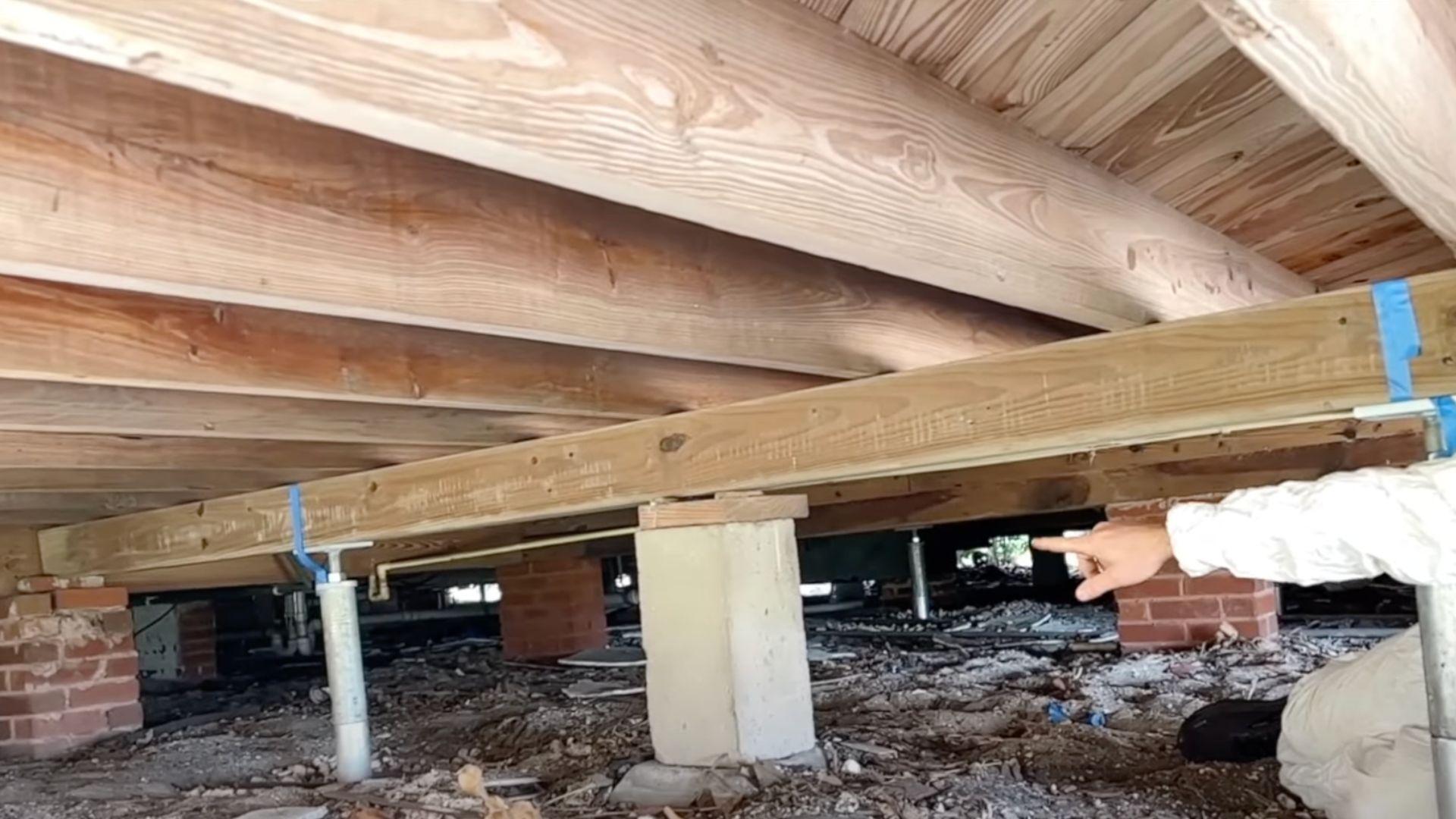
Under the floor are joists, which sit on beams that carry the floor’s weight.
In this home, someone had tried adding a small concrete support to help the beam.
But it didn’t work—the span was still too long, and the floor kept sagging.
Expert Advice
- Crawl space beams and joists work together to support the floor.
- Weak supports can’t handle long gaps between columns.
- Quick fixes like loose concrete blocks don’t offer real support.
STEP 3: Prepare the Ground for Jack Placement
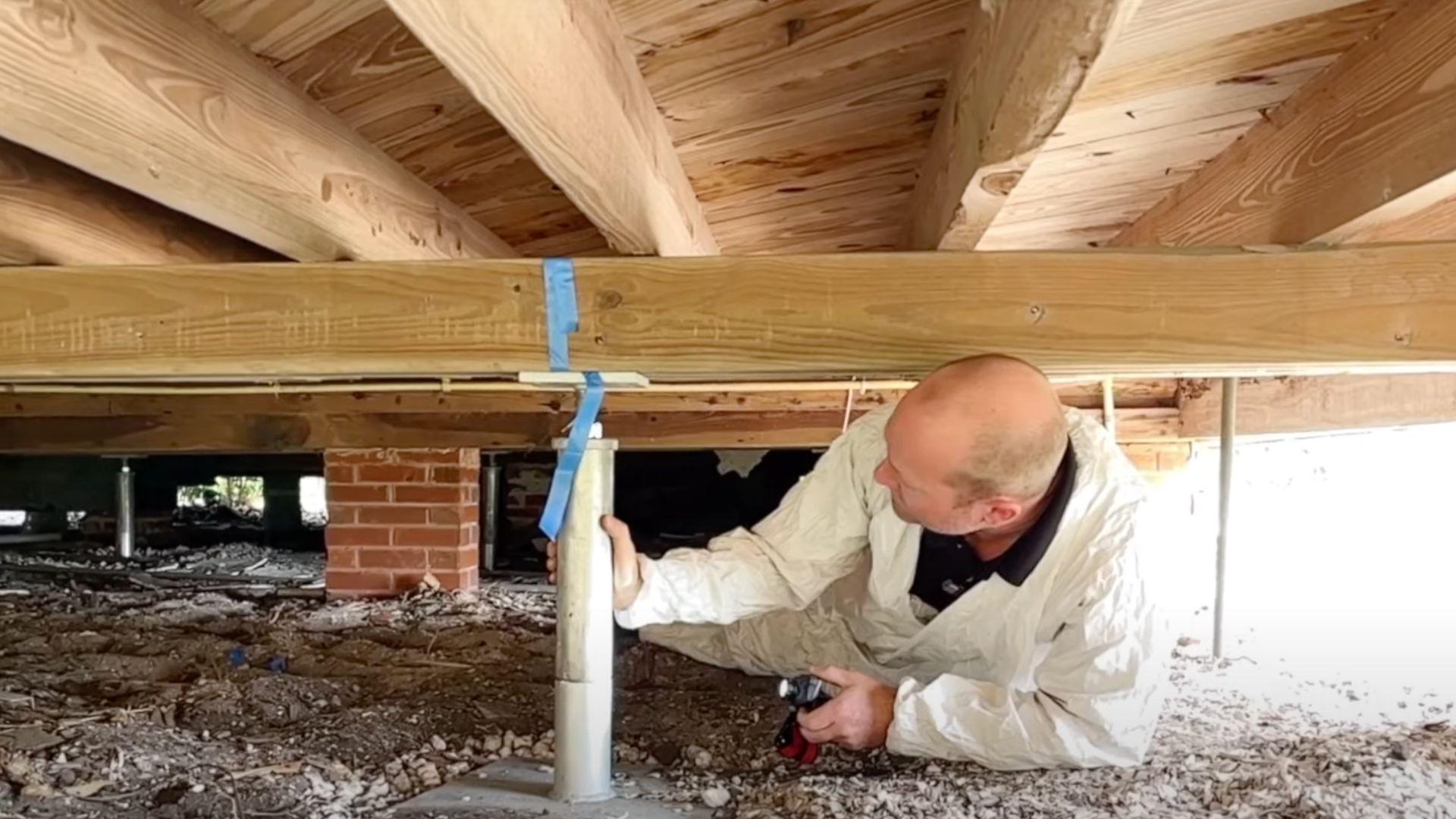
Helicon’s team dug a hole under the crawl space, roughly three feet wide and deep, at the sagging section.
They poured in crushed stone for a firm base.
This step is key so the jack won’t shift or sink later.
Expert Advice
- Digging and leveling the ground helps create a strong jack base.
- Crushed stone (like 57 stone) keeps the base solid and secure.
- Never skip ground prep before adding jacks or supports.
STEP 4: Install Crawl Space Jacks
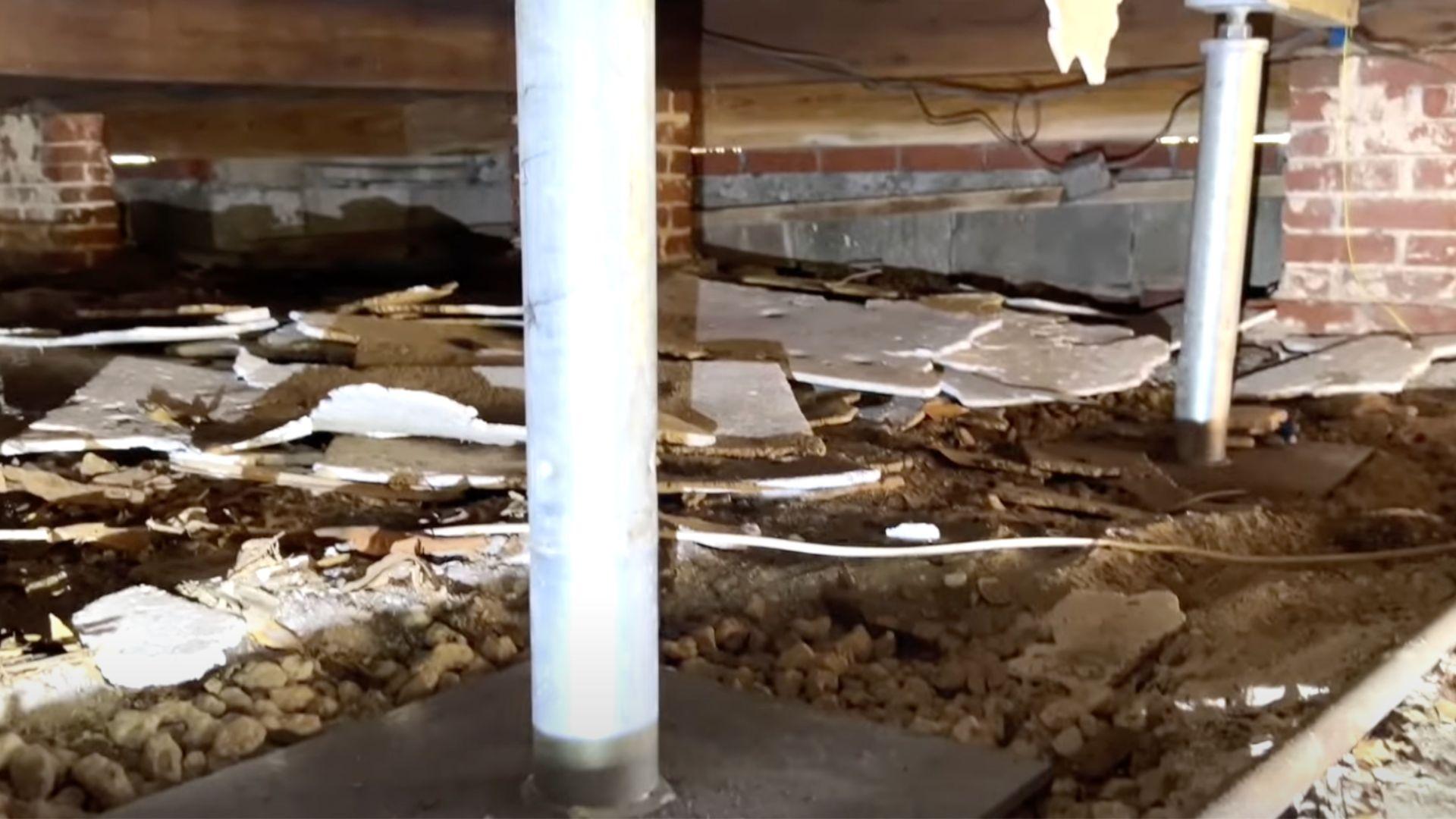
Strong galvanized steel jacks were placed on the prepared base beneath the beam.
They added support exactly where needed.
These jacks are fully adjustable and were placed on both sides of the problem area to provide even support for the floor.
Expert Advice
- Adjustable steel jacks offer support and allow for future adjustments.
- Place jacks evenly across sagging spans for full support.
- Avoid reusing old or weak material; opt for strong galvanized steel instead.
STEP 5: Add Beams If Needed
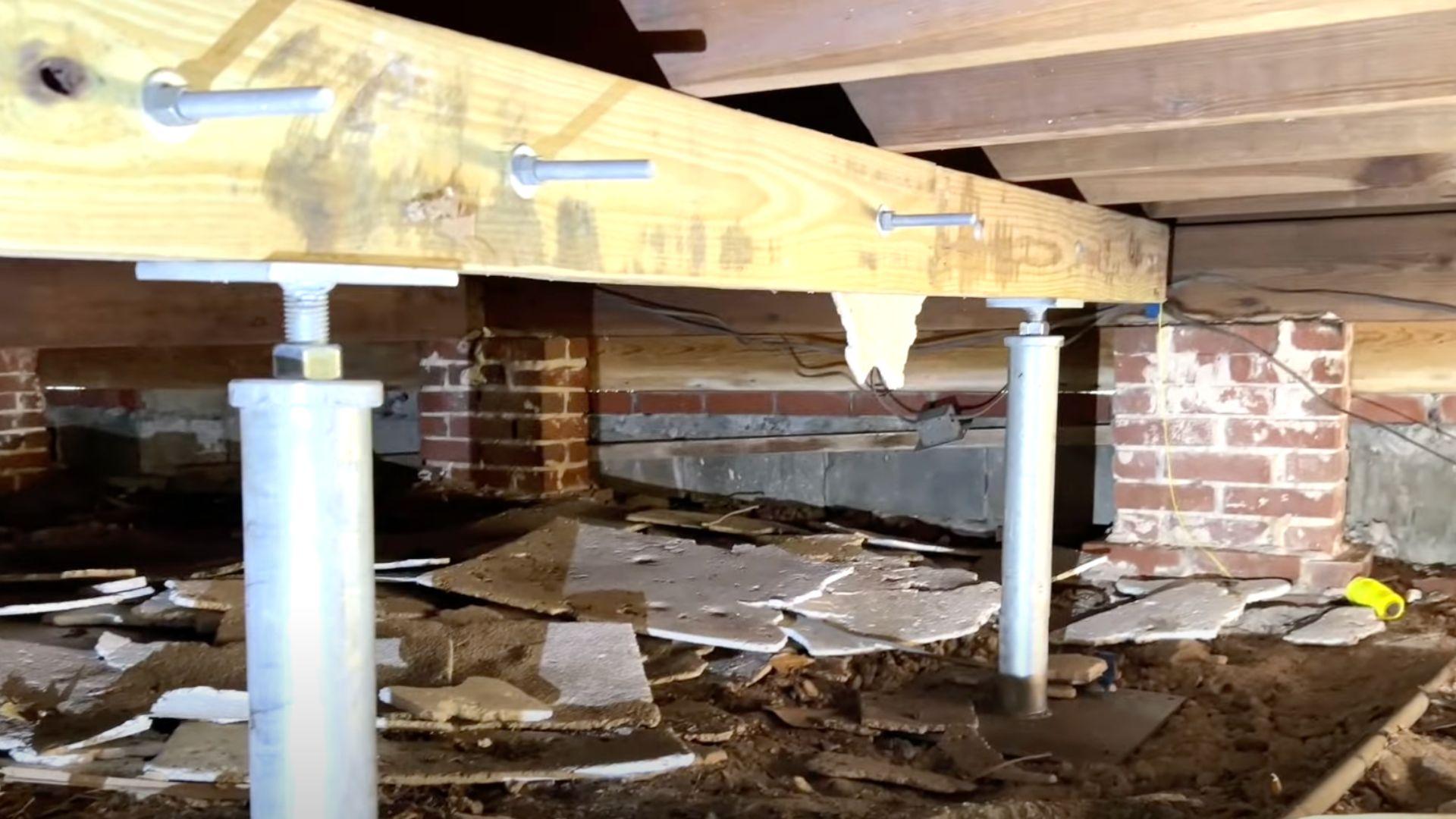
In the worst spots, they even added a brand-new beam underneath the joists.
Jacks were installed under this beam to keep the floor steady.
Repeating this process across the crawl space ensured full support throughout the home.
Expert Advice
- Sometimes, a new beam is the only fix for extreme sagging.
- Always match new beams to existing floor framing.
- Support the new beams with jacks, just as the originals were.
Crawl Space Foundation Repair: Video Tutorial
For more details, check out the video explanation by HeliconUSA
Cost Factors and Budgeting
Crawl space foundation repair usually costs between $1,500 and $15,000, with most jobs averaging around $6,000.
The total price depends on the extent of the damage, the size of your crawl space, and the repair method employed.
Basic fixes, such as adding jacks, are cheaper, while larger jobs, including new beams or encapsulation, cost significantly more.
Insurance rarely covers repairs unless sudden damage, like a burst pipe, caused the foundation problem in the first place.
Financing options include home equity loans, personal loans, credit cards, and payment plans.
Comparing different repair types and getting multiple quotes helps you budget properly and find the best value.
DIY vs. Professional Crawl Space Repair
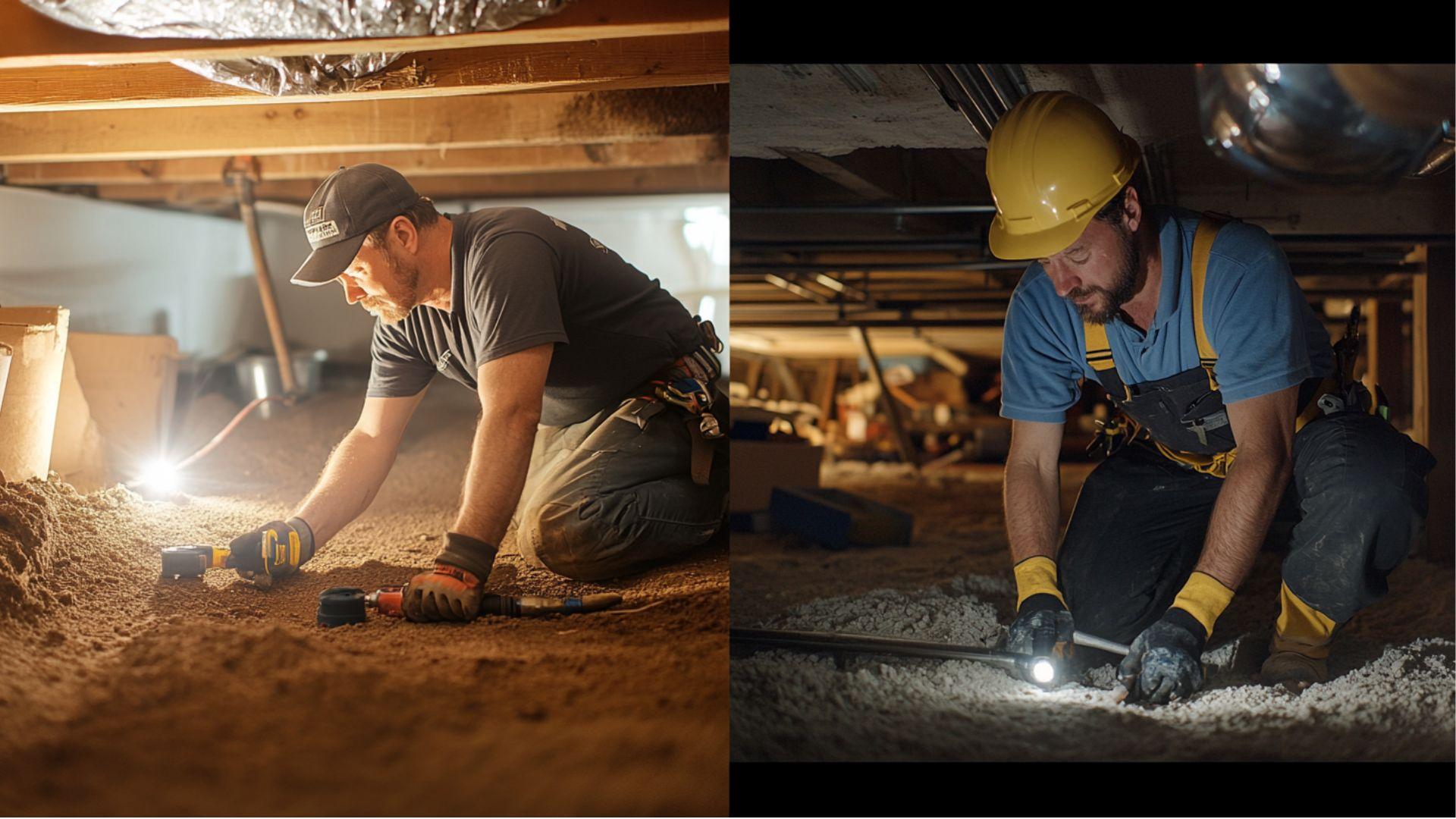
DIY or professional crawl space repair depends on your skills, budget, and the complexity of the issue.
Most structural repairs require professional expertise due to safety concerns and building code requirements.
Consider these key factors before making your choice.
| ASPECT | DIY APPROACH | PROFESSIONAL APPROACH |
|---|---|---|
| When Possible | Simple tasks like vapor barrier installation, minor moisture control | Any structural work, complex repairs, or permits required |
| Safety Risks | Working in confined spaces, electrical hazards, and structural collapse | Proper safety equipment, trained professionals, and insurance coverage |
| Main Benefits | Lower costs, personal control over the timeline | Expert knowledge, warranties, proper tools, and materials |
| Selection Process | Research techniques, buy quality materials, and plan carefully | Check licenses, verify insurance, and read customer reviews |
Remember that crawl space work can impact your home’s structural integrity and the safety of your family.
While DIY can save money on simple tasks, structural repairs usually need professional expertise.
Most homeowners find that professional installation provides better results and long-term peace of mind.
Common Mistakes to Avoid
Even experienced homeowners can make costly errors when dealing with crawl space foundation problems.
Learning what to avoid helps ensure your crawl space repairs work correctly for years.
- Ignoring early warning signs: Like bouncy floors or stale smells, until they become serious structural problems.
- Using inadequate materials: As cheap jacks or temporary supports that fail under the weight of your home.
- Improper moisture management: By not installing vapor barriers or fixing drainage issues that cause ongoing damage.
- Skipping professional inspection: When you notice problems, it can lead to missed underlying issues and incomplete repairs.
- Attempting complex repairs without expertise: Risking safety hazards and making problems worse than they were initially.
These mistakes can turn crawl space issues into costly disasters affecting your home.
When in doubt, consult with professionals to avoid costly errors and ensure repairs are done right.
Wrapping It Up
Crawl space foundation repair proves that taking action early saves you money and protects your home’s future.
From preventing structural damage to improving your family’s comfort, proper repairs deliver benefits that last for decades.
The sooner you address foundation problems, the less pricey and complicated the solutions will be.
While some simple maintenance tasks can be DIY projects, structural repairs need professional expertise for safety.
Don’t let minor crawl space problems turn into major disasters that cost thousands more later.
Professional consultation provides peace of mind and ensures that repairs are done correctly the first time.
Ready to protect your most significant investment?
Share your crawl space concerns in the comments below!
If you’re interested in exploring more DIY projects, feel free to click here and find other blogs that may interest you.


